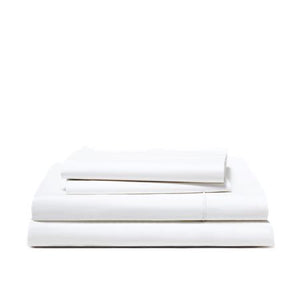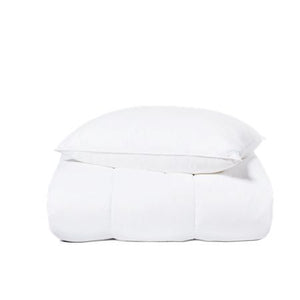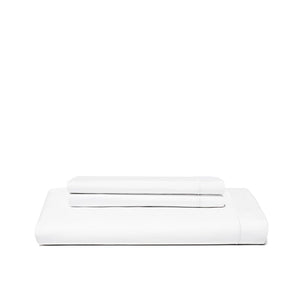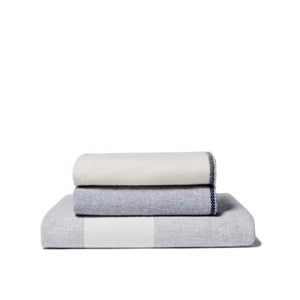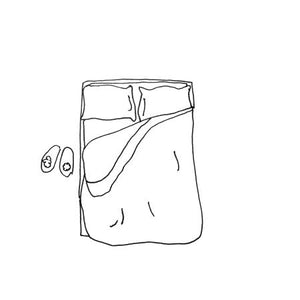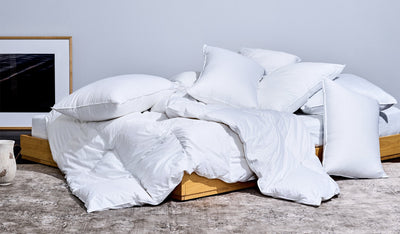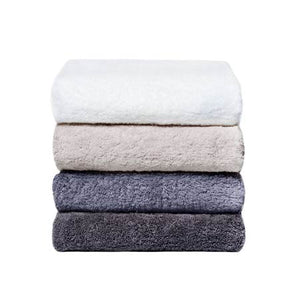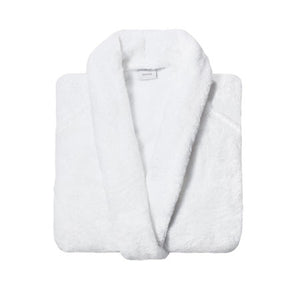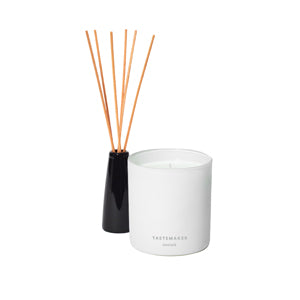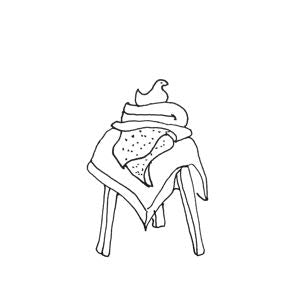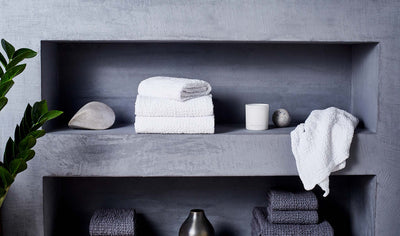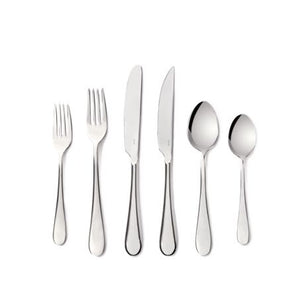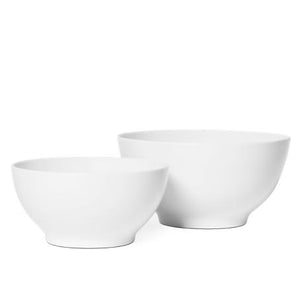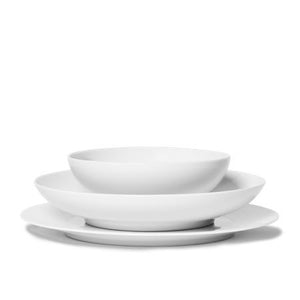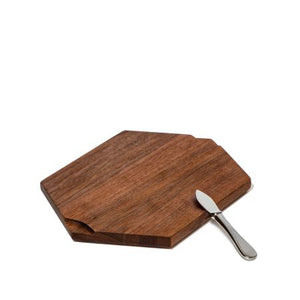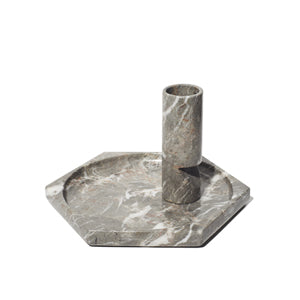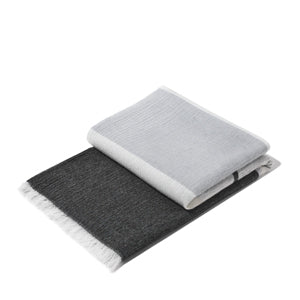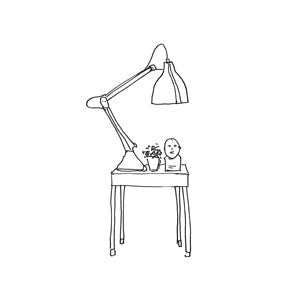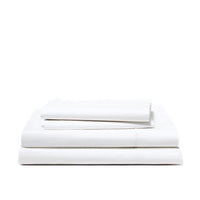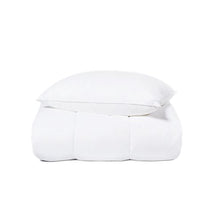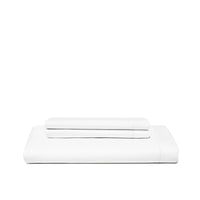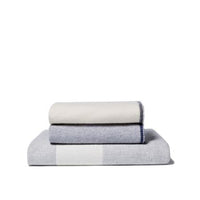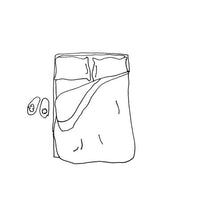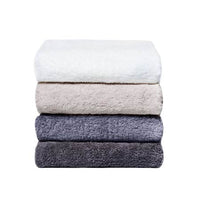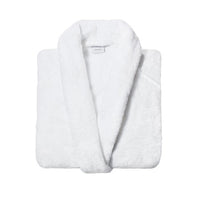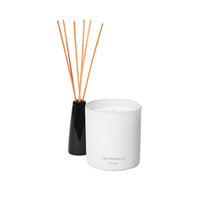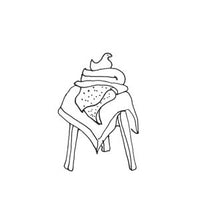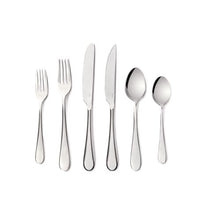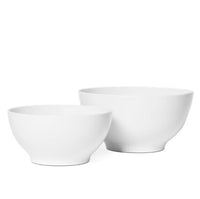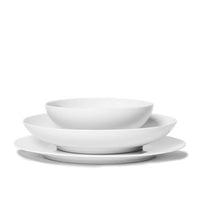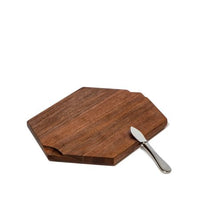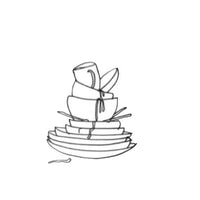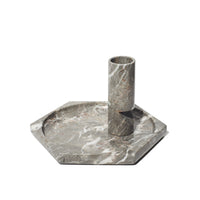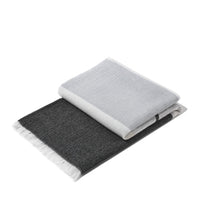A duvet cover is an essential component of any bedding setup, adding both style and practicality to your sleep environment.
A duvet cover slips over your duvet insert and keeps it cleaner for longer periods, removing the need to frequently wash the heavy insert.
This simple cover easily fastens with buttons, strings, or zippers, making it functional and easy to manage.

Using a duvet cover can greatly enhance your comfort and sleep quality.
By protecting the insert, it ensures your bedding stays fresh and inviting, which is crucial for a good night’s sleep.
Moreover, the cover allows you to easily change the look of your bed, adding a variety of patterns and colors whenever you want.
Putting on a duvet cover might seem complicated, but it's straightforward once you understand the process.
Lay the cover inside out on your bed, align the insert on top, and then simply tie or fasten the corners.
Rolling and flipping the cover right-side-out makes the task quick and efficient.
This small effort ensures that you sleep in a clean, stylish, and comfortable bed every night.
Understanding Duvet Covers and How They Function

Duvet covers play a vital role in protecting your duvet while offering versatility in design and ease of cleaning.
This section will explain their differences from comforters, their protective functions, and common materials used.
Differentiating Duvet, Comforter, and Duvet Cover
A duvet is a soft, often down-filled, blanket that provides warmth and comfort.
Unlike comforters, which are used alone, a duvet requires a protective layer known as a duvet cover.
A comforter is typically quilted and contains synthetic or natural filling, and it doesn't need a cover.
A duvet cover encloses the duvet, much like a pillowcase does a pillow, allowing you to switch styles and keep the duvet clean effortlessly.
The Role of Duvet Covers in Protecting Your Bedding
Duvet covers act as a shield for your duvet, protecting it from dirt, spills, and wear.
They are crucial in maintaining the duvet’s cleanliness and extending its lifespan.
If you suffer from allergies, a duvet cover made from hypoallergenic materials can help protect against dust mites and other allergens.
Moreover, they are easy to remove and wash, which makes maintaining your bedding hygiene simple and convenient.
Common Materials and Fabrics Used
Duvet covers come in various materials, each offering unique benefits.
Cotton is popular for its softness and breathability, making it comfortable for year-round use.
Flannel provides added warmth during colder months, while silk offers a luxurious feel and is gentle on the skin.
Polyester and synthetic blends are durable and often more affordable.
These materials come in a range of designs and styles, allowing you to customize the look of your bedroom easily.
Selecting the Right Duvet Cover

Choosing the right duvet cover is key to achieving the perfect balance of comfort, style, and functionality for your bedroom.
Focus on the size and fit for your bed, the materials that offer comfort, and the designs that match your décor.
Considering Size and Fit for Your Bed
When selecting a duvet cover, the first thing to consider is the size of your bed.
Duvet covers come in standard sizes: twin, full, queen, king, and California king.
Always measure your bed and duvet insert to ensure a proper fit.
For a generous look, choose a duvet cover slightly larger than your insert.
For example, if you have a queen-size bed, you might opt for a queen duvet cover that measures 90 x 88 inches. This helps to achieve a luxurious, draped effect.
Check the dimensions of both the duvet and the cover before purchasing to avoid any mismatches.
Assessing Comfort and Fabric Preferences
The material of your duvet cover greatly affects your comfort.
Popular fabric choices include cotton, linen, and microfiber, each offering unique benefits.
Cotton is soft and breathable, making it ideal for year-round use.
Linen provides a lightweight, airy feel perfect for summer months.
Microfiber offers durability and resistance to wrinkles, often at a more affordable price.
For those with allergies, hypoallergenic materials are beneficial.
Down-alternative fills inside your duvet offer a cozy feel without triggering allergies.
Pay attention to the thread count; higher thread counts generally indicate softer, more durable fabrics.
Opt for what feels best on your skin while ensuring it aligns with your comfort needs.
Style, Colors, and Patterns to Match Your Bedroom Décor
Your duvet cover is not just a protector for your duvet insert; it's also a significant design element in your bedroom.
Choose a style that complements your room's décor.
If you have a themed bedroom, select prints and patterns that enhance the look. For modern décor, solid colors and minimalist designs work well. Traditional bedrooms might benefit from intricate patterns or classic stripes.
Consider seasonality when selecting colors and patterns.
Light, bright colors work well in spring and summer, while darker hues may add warmth during fall and winter.
Additionally, look for duvet covers with details like buttons or ties, which add a decorative touch and also ensure the insert stays in place.
Maintenance and Care for Duvet Covers

Proper maintenance and care ensure your duvet cover stays clean and lasts. Key points include washing best practices, tips for durability, and addressing common issues like sweat, allergies, and stains.
Washing and Cleaning Best Practices
Most duvet covers are machine washable, making them easy to clean. Always check the care label for specific instructions.
Use a gentle cycle with cool or warm water and a mild detergent. Avoid bleach, as it can damage the fabric.
For best results, zip or button the duvet cover before washing to prevent it from tangling with other items.
Drying your duvet cover properly is essential to avoid shrinkage.
It's best to air dry it or use a low heat setting in the dryer. If ironing is necessary, use a low setting to avoid damaging the fabric.
Tips for Ensuring Longevity and Durability
To keep your duvet cover long-lasting, rotate it every few weeks. This helps distribute wear evenly and prevents any one area from wearing out too quickly.
Invest in high-quality duvet covers made from durable fabrics like cotton or linen.
These materials are generally more resistant to wear and tear.
Using a duvet cover protector can also help prolong the life of your duvet cover. It acts as an additional barrier against dust, body oils, and other contaminants.
Addressing Common Contenders: Sweat, Allergies, and Stains
Sweat and body oils can accumulate on your duvet cover over time, impacting hygiene and sleep quality. Regular washing helps remove these build-ups.
For those with allergies, choosing hypoallergenic materials can make a significant difference. Hypoallergenic duvet covers are designed to resist dust mites and other allergens.
Stains are inevitable, but pre-treating stains with a mild stain remover before washing can help. Address spills and spots as soon as they occur to prevent them from setting in.
Innovations and Features in Modern Duvet Covers

Modern duvet covers incorporate various innovations and features to enhance comfort, convenience, and sustainability.
From advanced securing mechanisms to eco-friendly materials, these innovations cater to a range of needs and preferences.
Securing the Duvet: Ties, Snaps, and Zipper Systems
Keeping your duvet in place can be challenging. Modern covers solve this with ties, snaps, and zipper systems.
Ties at the corners and sides help anchor the duvet. Simply tie them to the loops on the duvet.
Snaps offer a quicker solution. Close the snaps to secure the duvet inside the cover.
Zippers provide the most secure, all-encompassing option. A zipper system runs along the edge, ensuring the duvet won't shift during the night.
Materials and Technologies for Enhanced Sleep
The materials used in duvet covers significantly impact your sleep.
Cotton, flannel, and silk are popular choices for their unique benefits.
Cotton is breathable and easy to clean, making it ideal for all seasons.
Flannel offers extra warmth in colder months. It provides a cozy, soft feel that enhances winter comfort.
Silk helps regulate temperature, keeping you cool in the summer and warm in the winter.
Advanced materials like down-alternative fillings ensure you get the comfort of down without the associated allergies.
Environmentally Friendly Options and Ethical Considerations
With growing environmental concerns, many duvet covers are made from eco-friendly and sustainable materials.
Organic cotton and bamboo are popular eco-friendly fabrics.
These materials are grown without harmful chemicals, reducing environmental impact.
Ethical production practices are also a key consideration.
Companies ensure fair wages and safe working conditions for workers.
Recycled materials and down alternatives are increasingly used, offering sustainable and cruelty-free options.
By incorporating these innovations, modern duvet covers enhance your sleep experience while promoting environmental and ethical responsibility.
Frequently Asked Questions

Duvet covers can enhance the practicality and look of your bedroom. This section addresses common questions about their use, care, and benefits.
Can you use a duvet cover by itself?
A duvet cover is meant to encase a duvet or comforter. It's not designed to act as a standalone blanket because it's a thin fabric that provides minimal warmth on its own.
How do you secure a comforter inside a duvet cover?
Most duvet covers have ties or buttons at the corners.
To secure a comforter, tie or button each corner of the comforter to the corresponding corner of the duvet cover. This keeps the comforter from shifting inside the cover.
Does a duvet cover serve as a blanket or is it different?
A duvet cover is different from a blanket. It's a protective layer for a duvet or comforter. While a blanket is a single-layer item for warmth, a duvet cover's main function is to protect and decorate.
What differentiates a duvet from a comforter?
A duvet is a two-part system including a duvet insert and a cover, while a comforter is a one-piece item.
You can easily change the look of your bed with a duvet cover, whereas a comforter doesn’t have a removable cover.
How can you attach a duvet cover if there are no loops?
If there are no loops, you can use alternatives like safety pins or duvet clips.
Attach the corners of the duvet to the cover to keep them aligned. This ensures the comforter stays in place.
Why would one use a duvet cover with their bedding?
A duvet cover protects the duvet from dirt, stains, and wear.
It's easy to wash and change, making it convenient to refresh the look of your bedding.
Using a duvet cover can extend the life of your duvet by keeping it clean.
